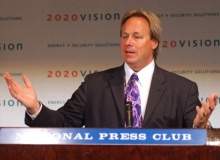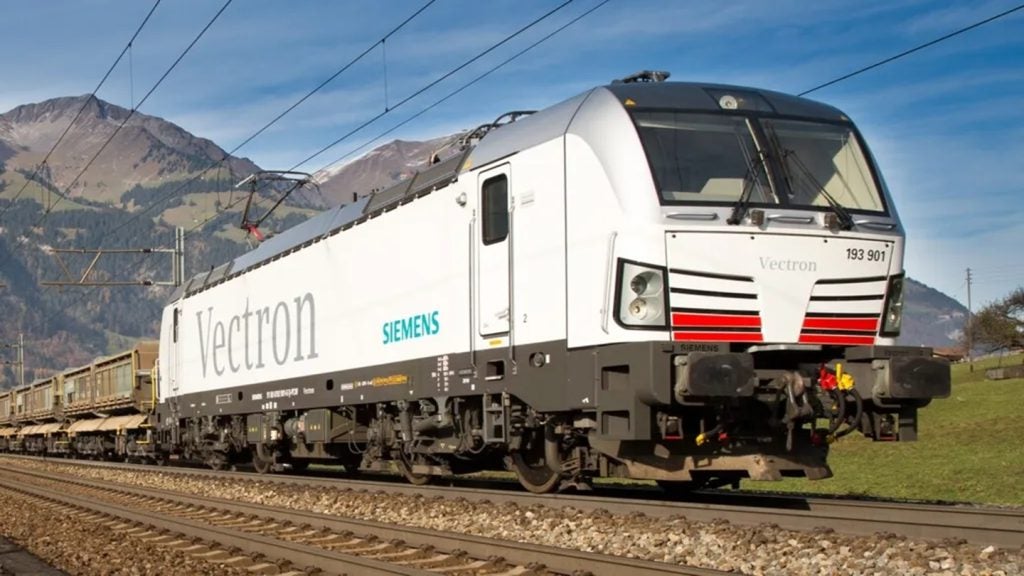
The California High-Speed Rail Authority is building a $98bn state-wide system that will enable travel from San Francisco to Los Angeles in two hours 40 minutes, relieving the growing burden on highways and airports.
Despite facing the challenges presented by a global financial downturn, high-speed rail holds the promise of bringing immediate and long-term benefits to California and the US as a whole.
Berenice Baker: What stage are the California High-Speed Rail Authority plans currently at?
Lance Simmens: The first stage, the initial construction segment, is a 130-mile section built in the central valley of California, which will go from northern Fresno to northern Bakersfield. We’re currently in the process of putting together a right-of-way strategy to acquire properties in that stretch so we can put shovels in the ground later in the fall.
That stretch is not an operating segment but will serve as the backbone for a state-wide transportation system that connects northern California with southern California and will be built between 2012 and 2017.
Construction of the first operating segment, which will be built either northward to the San Francisco Bay area or southward to Los Angeles from that initial construction segment, is due to begin in 2015 and be completed by 2021. The next operating segment would be constructed between 2021 and 2026.
By 2033, which is when it would be fully operational, the cost of the project is in the range of $98.bn – 98.5bn.
How well do you really know your competitors?
Access the most comprehensive Company Profiles on the market, powered by GlobalData. Save hours of research. Gain competitive edge.

Thank you!
Your download email will arrive shortly
Not ready to buy yet? Download a free sample
We are confident about the unique quality of our Company Profiles. However, we want you to make the most beneficial decision for your business, so we offer a free sample that you can download by submitting the below form
By GlobalDataLast month we came up with a shortlist of contractors that meet the qualifications to bid on the design and construction of the first segment, which is a $1.5bn – 2bn design build contract, which we will be entertaining bids for over the course of the next several months and hopefully in a position to announce a winner in the fall.
BB: What makes California unique in being the first state able to offer true high-speed rail, unlike the northeast corridor which is restricted to an average speed of 68mph and a top speed of 150mph?
LS: We’ve got the ability to connect two very large population centres – Los Angeles and San Francisco – through a central valley that affords us the ability to run trains at upwards of 220mph.
In the northeast corridor you have a lot of density and congestion, so you don’t have the ability to run trains at very high speeds.
Proposition 1A mandates that we build a train that gets from downtown Los Angeles to downtown San Francisco in two hours and forty minutes, which is highly competitive with the airline industry and far superior to driving.
To minimise speed restrictions, a large portion of the system will have its own dedicated track, aerial structures and tunnelling, and we’re looking at blending with existing infrastructure the two ends in densely-populated metropolitan areas where the train is going to need to slow down anyway.
Blending existing infrastructure with the larger project will give us the potential ability to cut down on infrastructure in the capital investment costs.
BB: What benefits will travellers derive from using high-speed rail over the alternatives?
LS: Firstly you’ll see a benefit of price. We project the price of a ticket from Los Angeles to San Francisco will be about 83% of current airline prices, or for a ticket US$81 between San Francisco and Los Angeles.
You won’t have to endure flight delays – the San Francisco / Los Angeles corridor is the busiest in the US and it has more cancelations and delays than anywhere else.
You won’t have to sit in traffic on the freeway and create environmental problems, or suffer quality of life problems such as losing economic productivity or time spent with your family.
BB: What are the major factors that will influence how high-speed rail will develop in the US?
LS: We need to impress upon the public at large that we are faced with the transportation demands and needs of a growing population.
In California we’re expecting to see the population grow from its current 38 million people to anything from 50 and 60 million people mid-century.
That population growth will bring with it a set of infrastructure and transportation demands that will require us to make investments.
Business-as-usual investments in the freeway or airports would bring environmental and congestion issues and there is little space to build them.
They would also be more expensive – to build and maintain more freeways in lieu of high-speed rail, we would have to spend upwards of $170bn.
Or you can build a high-speed rail system, like 24 countries are in the process of doing around the world. We know from our calculations that the benefits of high-speed rail far outweigh the cost.
BB: How can you ensure high-speed rail will succeed in an economic downturn?
LS: This is a long-term project and long-term projects are very difficult to build, in even the most ideal of situations. Then again, these are times that allow for big thinking because this is a good time to be purchasing property, for instance.
There are also short-term benefits which can be derived from constructing the project now, which include creating large numbers of jobs and employment in a society and a country which is witnessing very high unemployment rates.
Building in the central valley first gives us the ability over the next five years to create 100,000 job-years of employment in a section of the state that has the highest unemployment rate.
BB: How is the project funded?
LS: In 2008 we adopted Proposition 1A, which was a referendum vote which allowed the state to issue $9.9bn in bonds. The first construction segment is going to require a $6bn investment to build, and we have secured $3.3bn in stimulus funding from the Federal Government.
We’re asking the legislator for $2.7 bn of those Prop 1A bond funds to allow the issue to get that first segment built.
In the draft plan that we adopted in November, there was no provision for additional federal funding for three years because we thought that the national and local economic climate would not be conducive to expecting additional federal funding for the next several years.
We are confident that as the economy recovers and things improve at the federal and local levels, that we will be able to secure additional federal funding for this project as the years go by.
BB: How are you going about gathering lessons learnt from the implementation of high-speed rail in Europe and Asia?
LS: We have highlighted international systems in our draft business plan document and we are constantly trying to educate our folks and the public at large on the benefits that other countries derive from their high-speed rail experiences.
Not least is they all have positive net operating profits and revenues, and in some instances start paying down some of the capital costs of the investment.
The governor himself has said this is a wise investment, and a long-term visionary project which is going to benefit generations to come.
BB: What is your personal impression of the UK’s high-speed rail programme?
LS: The UK experience shows that these are long-term projects that have to be broken down into appropriate segments and phases.
One of the beauties of building a system like this where you have hundred-year old assets is that you can build portions of it and if funding is not available to build the next section, you can pick it up when funding is available.
Sometimes it’s very difficult in the current political environment to look at projects which may have 20-year development time frames, but they are a worthwhile investment.
The UK situation shows this can be done and it will render societal and private sector profits.
Related industry project
California High-Speed Rail Network
The California high-speed train project is to be the first high-speed train system implemented in the US. The California High Speed Rail Authority is the governing body overlooking the project. The commission’s first objective is to develop a system connecting the San Francisco Bay area with Los Angeles, and then work on extensions to San Diego and Sacramento.







